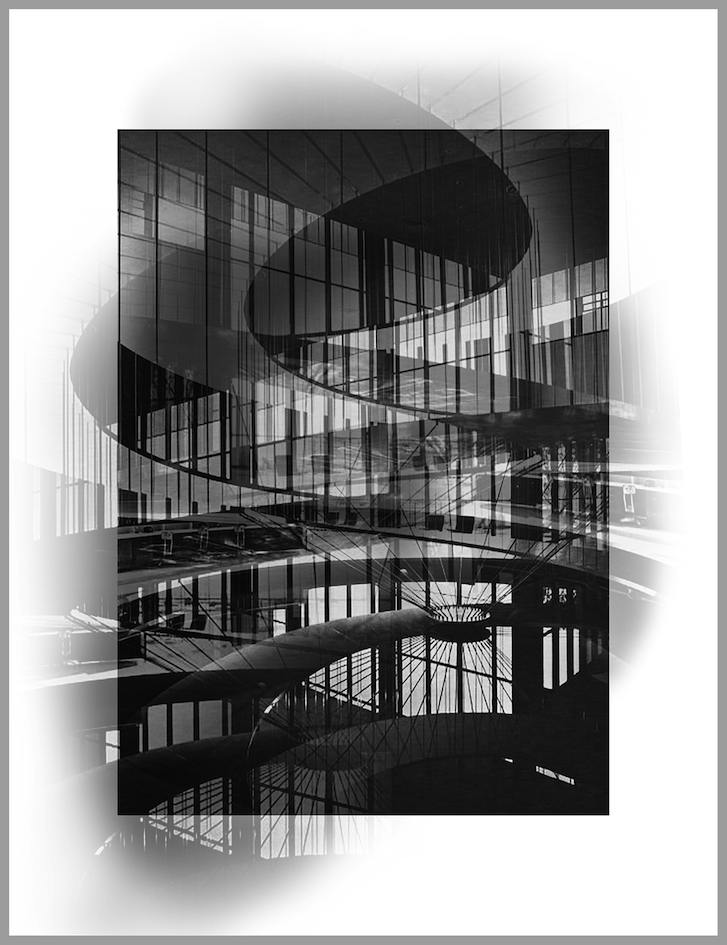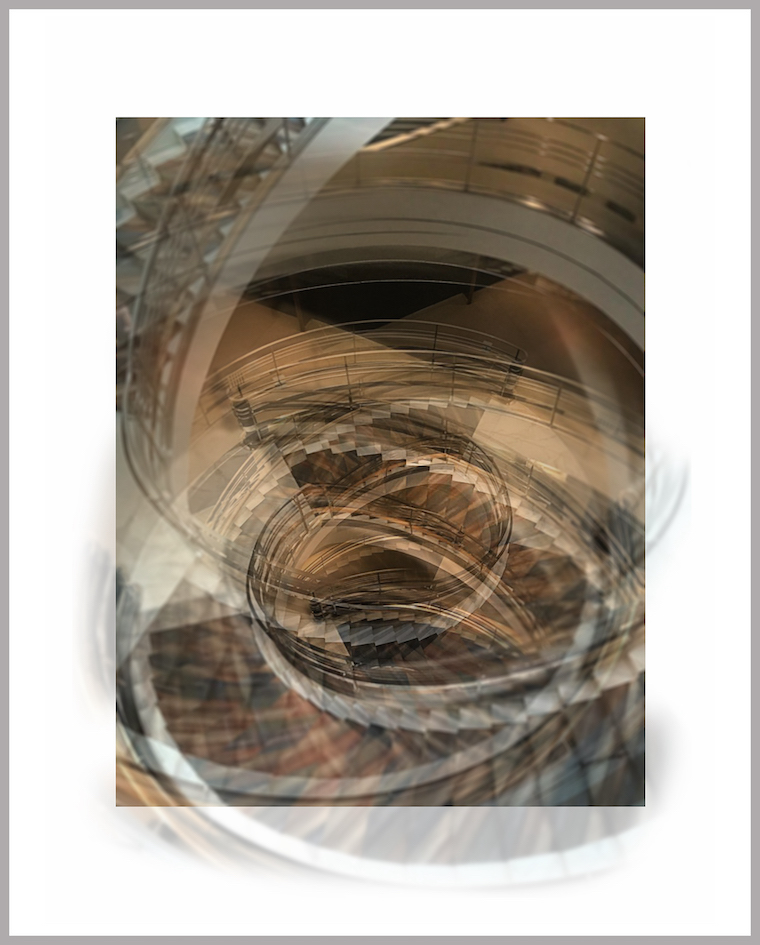
¿Y SI LA FORMA NO FUERA UN LÍMITE?
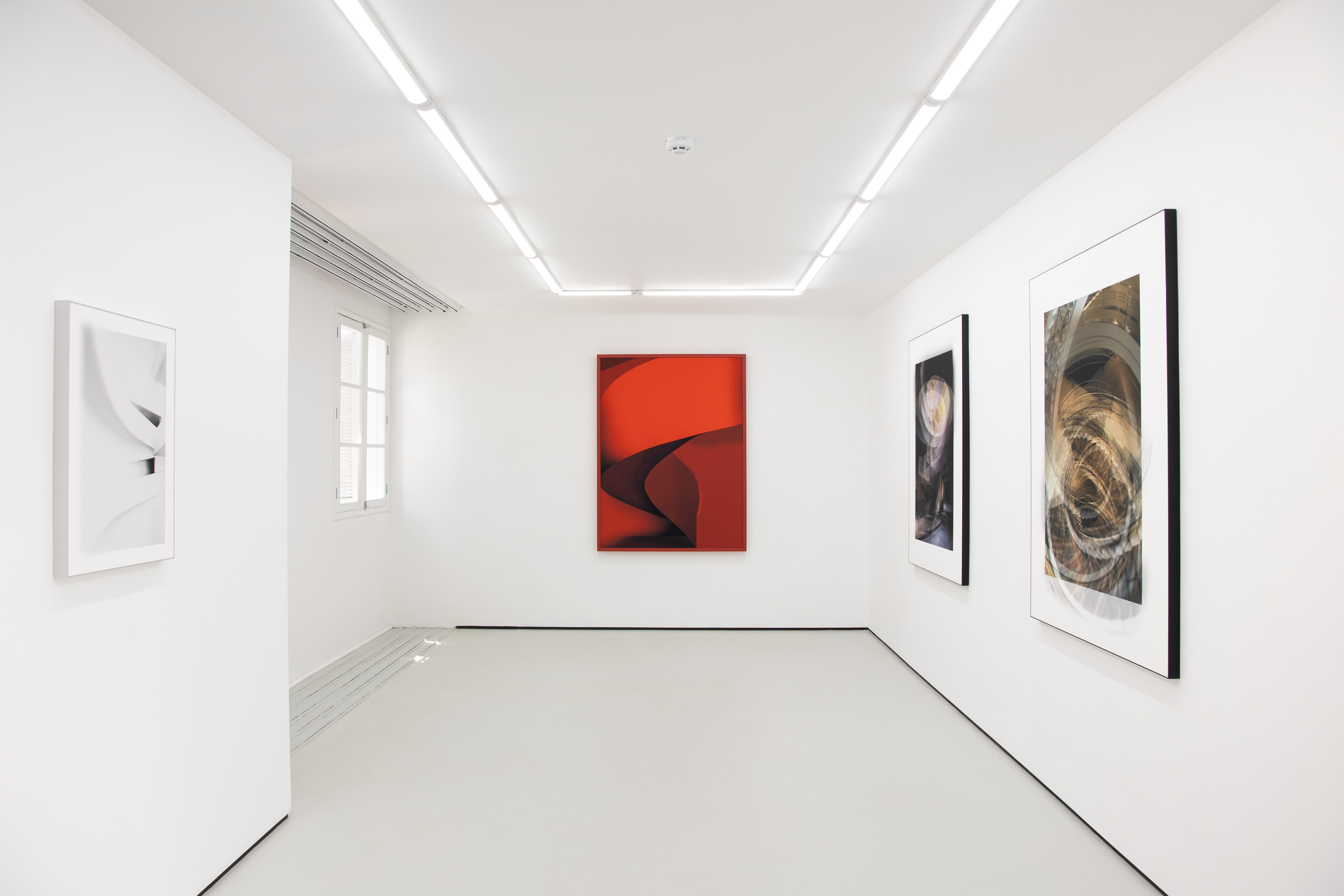
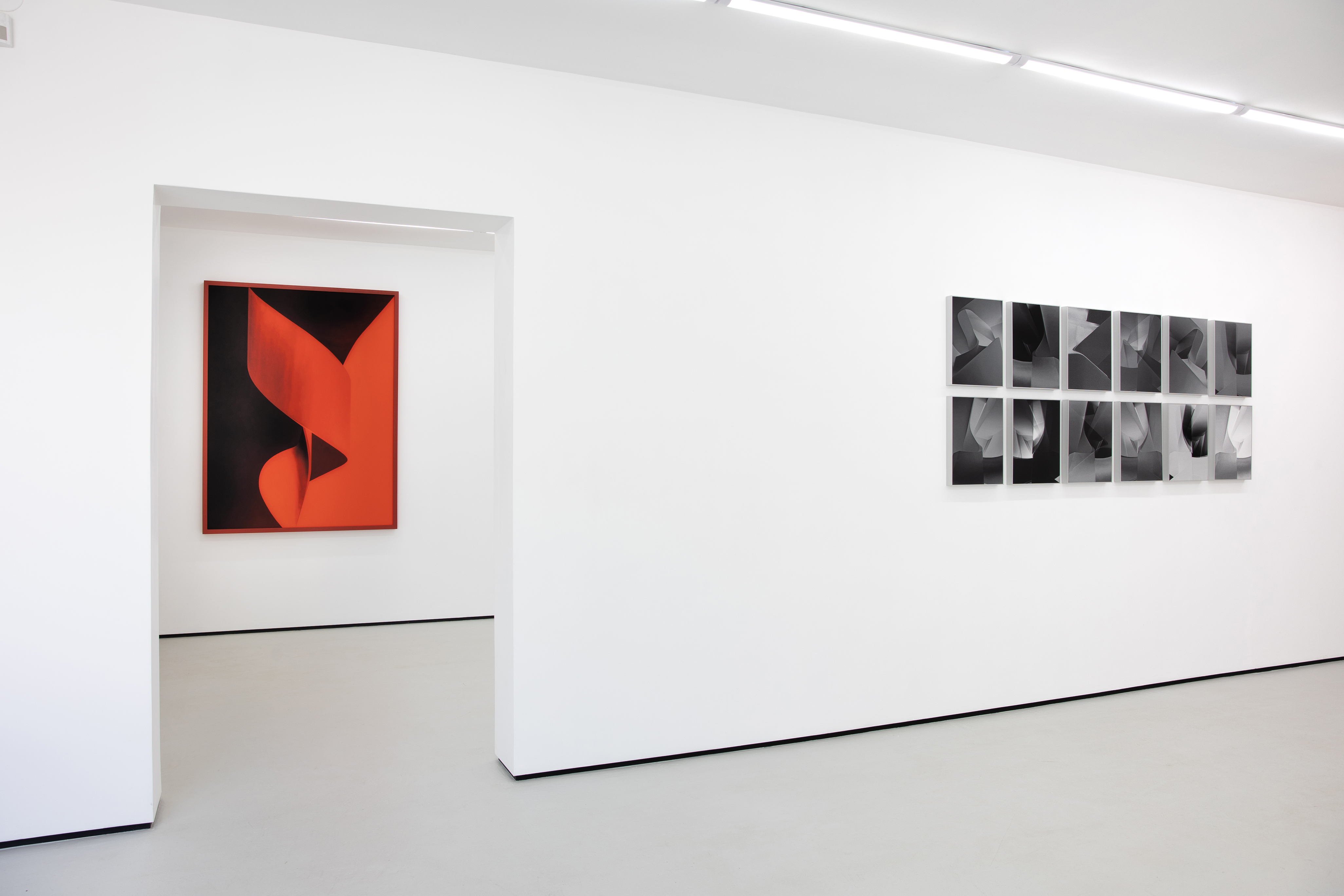
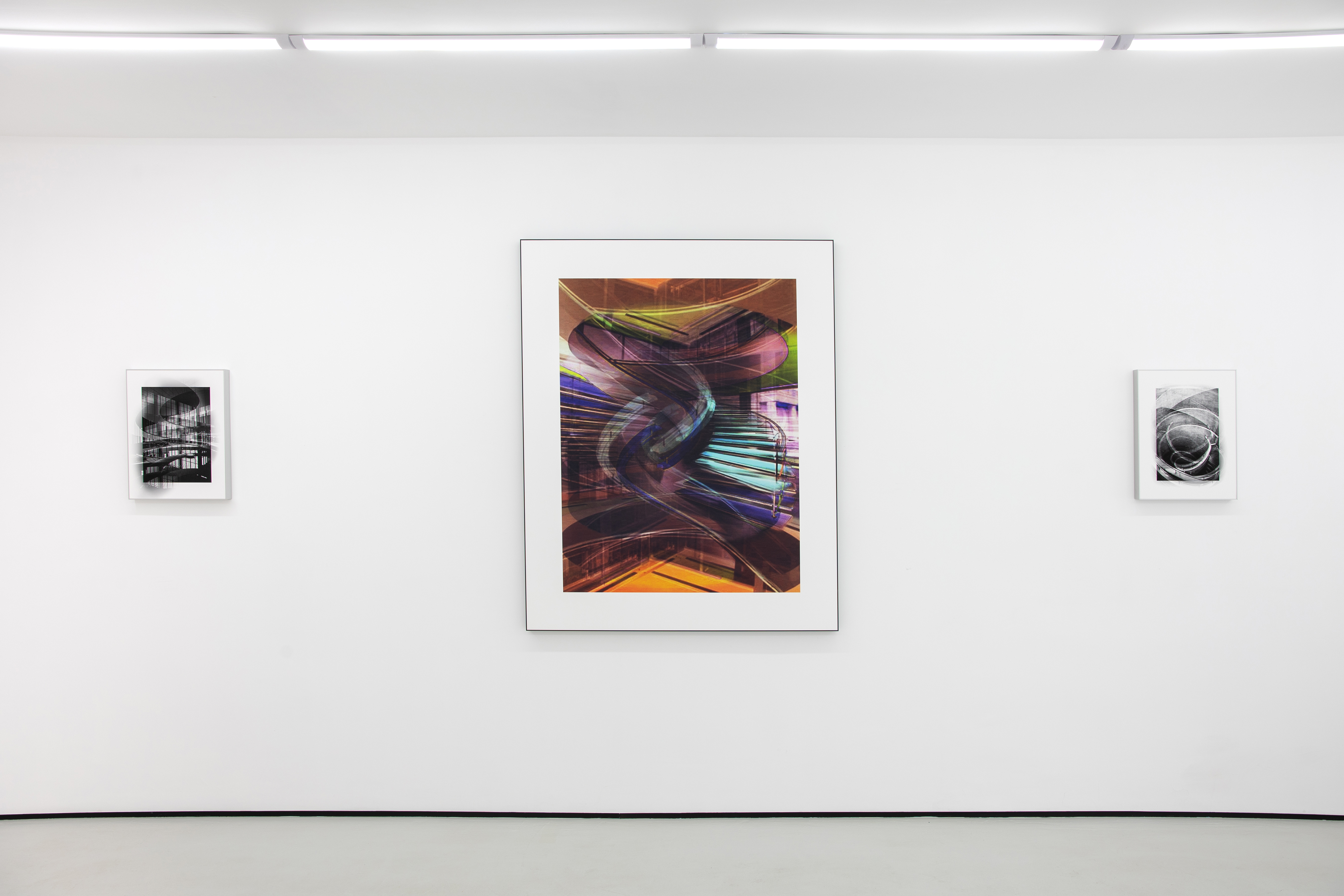
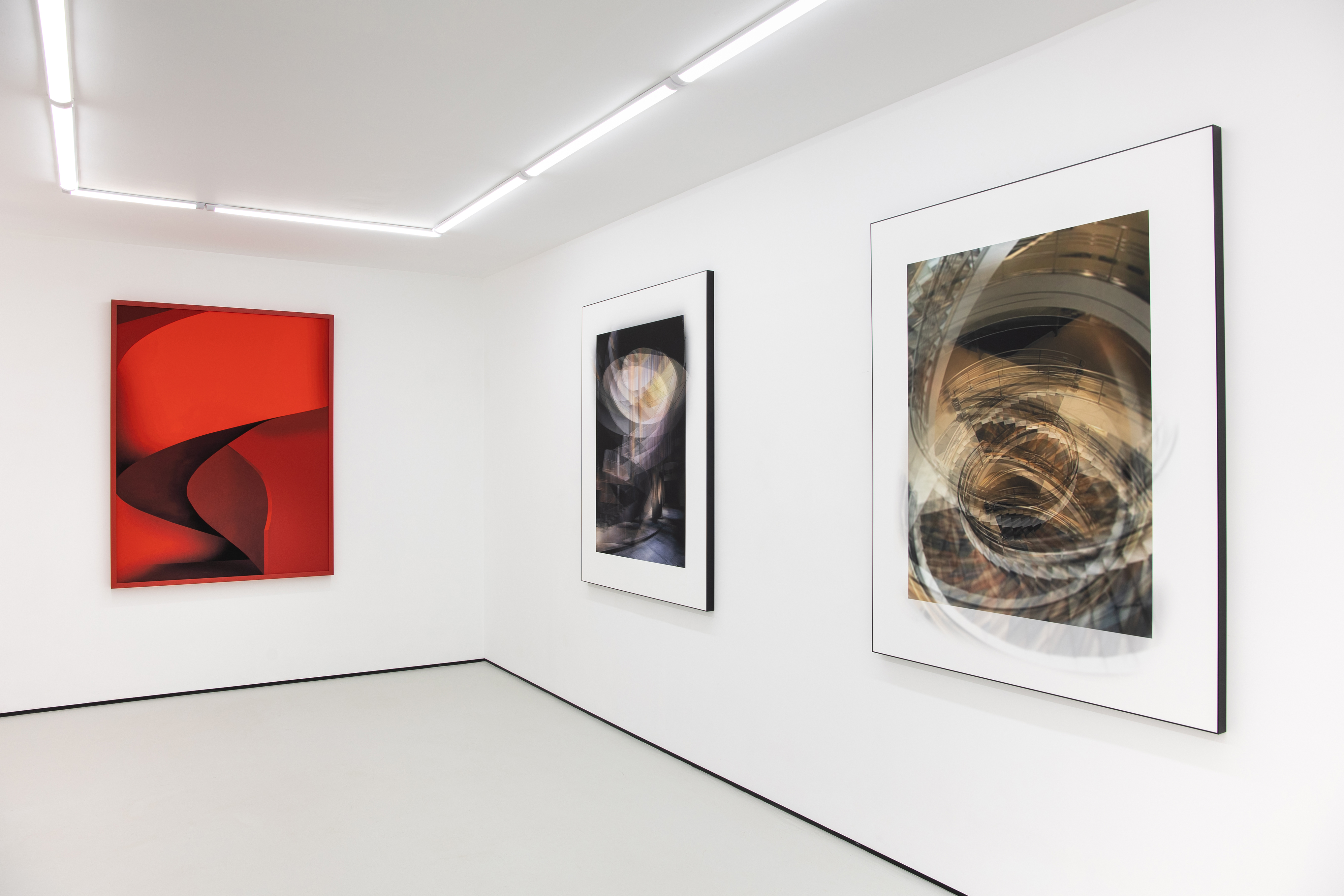
Is it Niemeyer's staircase in Brasília? Is it Foster's helicoid in Berlin? Is it Zaha's hall in Rome? Where have I seen this before? The works of Jorge Miño presented here are not images of an existing place; they are compositions. Yet, inevitably, they evoke architecture. We can place them within a certain genealogy of imaginary architectures: the three-dimensional labyrinths of Piranesi’s *Carceri*, which so fascinated Borges and Escher. The monumental spaces of Boullée, the structures of Tatlin and his Constructivist colleagues, the pop ’60s universes of Archigram, the postmodernism of Koolhaas and Lebbeus Woods, or the Russian "paper architects," who, through their spatial explorations, found a means of expression to escape the oppressive control of the Soviet Union in the 1980s. The space of escape is precisely the protagonist in Miño's current work. *What if form were not a limit?* he asks for this exhibition. Freed from the need to deal with technical, economic, regulatory, and other constraints of physical space creation, Miño constructs uninhabited imaginary interiors, defining space with spiral forms that, in turn, suggest possible escapes to other spaces. There is always at least one entrance and one exit. Are they spaces of transit? Are they vertical circulations? They are three-dimensional labyrinths inviting us to break free from the boundaries of our reality. But unlike the historical "paper architectures," where elements were drawn to create spaces, in Miño’s work, everything in these images exists in the real world. Miño creates his work from fragments of architectural forms that he captures with his phone. He manipulates them, alters their scale, color, opacity, and lighting… and freely recomposes them into new forms, beyond the limits of architecture. *Is there freedom without limits?* — Arq. Manuel de Rivero
Receive more information on available works from this exhibition.

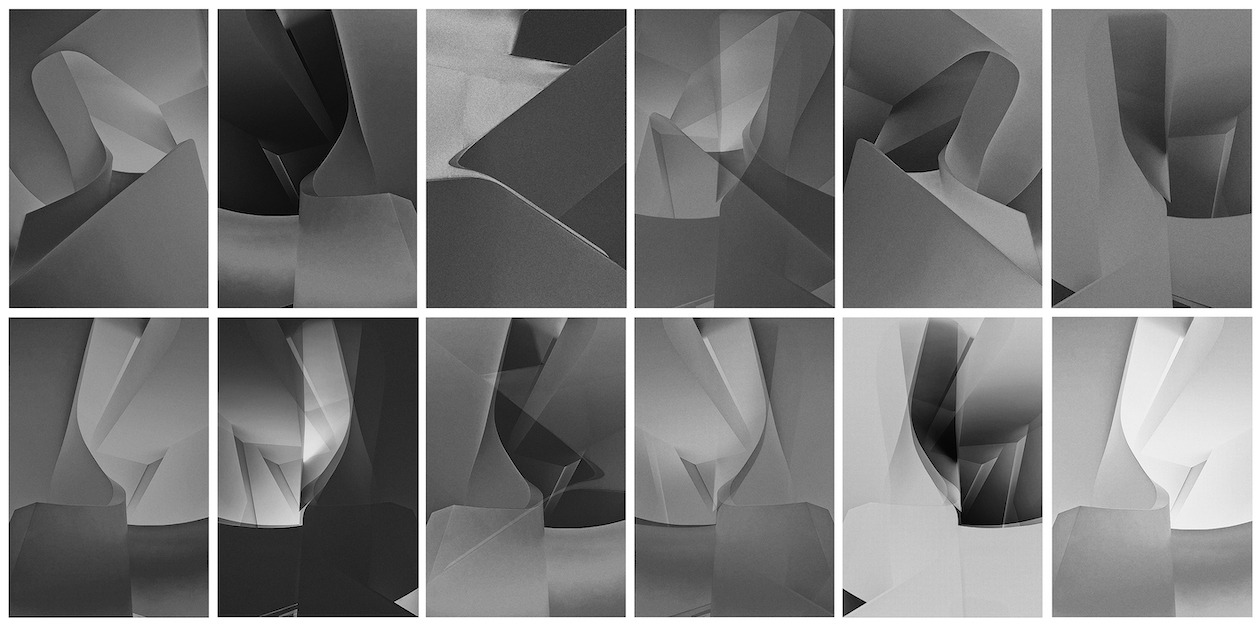
De la serie Piel Translusida
2017 Digital photography and printing Edition 2/5 + 2 PA 12-piece polyptych 40 x 30 cm each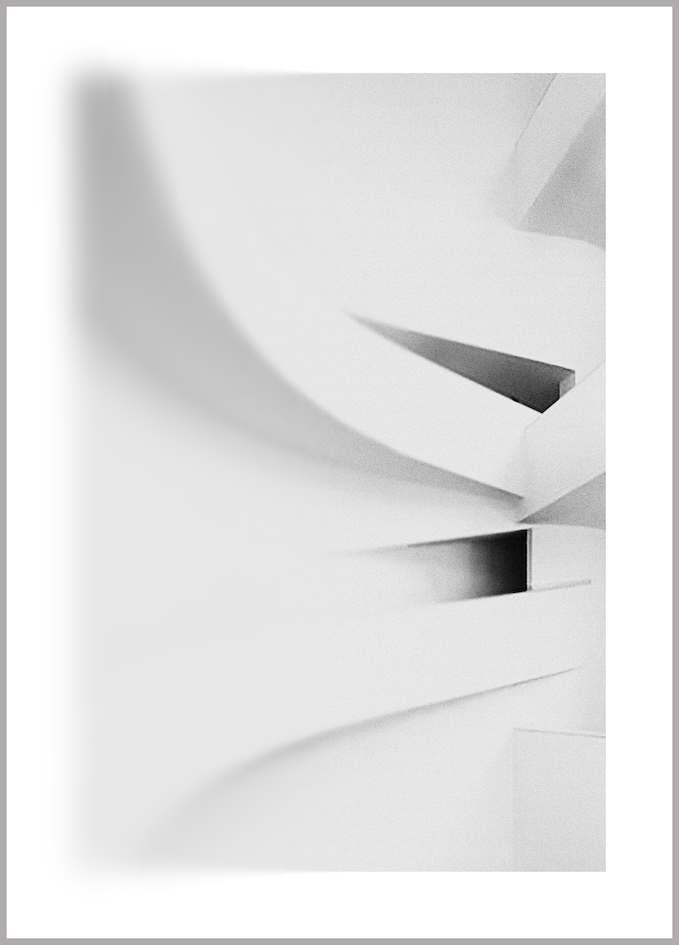
De la serie En Silencio
2018 Digital photography and printing Edition 2/5 + 2 PA 70 x 50 cm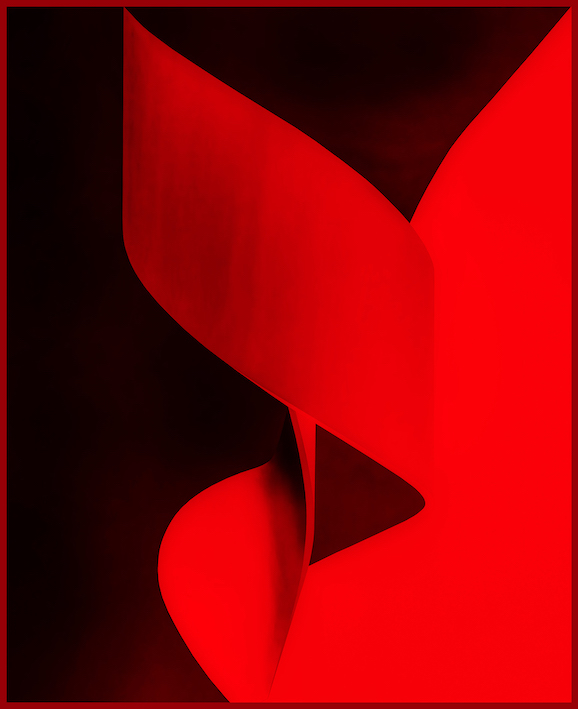
De la serie Geometrias Derivadas
Digital photography and printing Edition 1/5 + 2 PA 150 x 120 cm